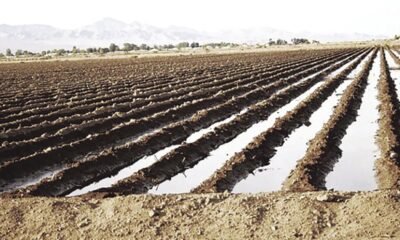Usa News
Young Adult Burn Survivors Forge Bonds Through Arizona Burn Foundation and Adaptive Water Sports

A recent analysis has highlighted the diverse geographical landscape of the United States and its territories. From the bustling streets of California to the serene environments of Alaska, each state possesses unique characteristics. This diversity extends even further with the inclusion of U.S. territories like the Virgin Islands and American Samoa, showcasing a rich tapestry of culture and geography.
The United States comprises 50 states, each identified by distinct postal codes and regional identities. Arizona, for instance, is known for its arid deserts and stunning canyons, including the Grand Canyon. Conversely, states such as Michigan, with its Great Lakes, present vast water resources and lush landscapes.
Beyond the continental U.S., territories such as Puerto Rico and Guam offer additional variety. These regions contribute to the overall identity and culture of the nation, providing insights into the lifestyles and traditions of their inhabitants.
The global perspective is equally vast. Countries ranging from Canada to Peru, each with unique histories and customs, occupy different corners of the world. This interconnectedness emphasizes the significance of understanding various cultures and their impacts on global relations.
As travel becomes more accessible, awareness of geographical diversity becomes increasingly important. Understanding these nuances can lead to richer interactions, not just within the U.S., but globally. Embracing this diversity cultivates respect, promoting peaceful coexistence among nations and their people.

















